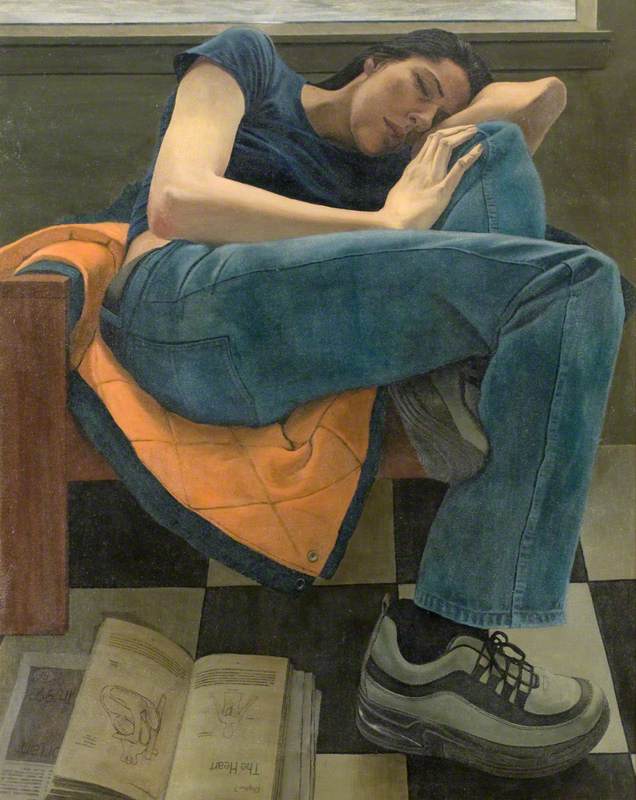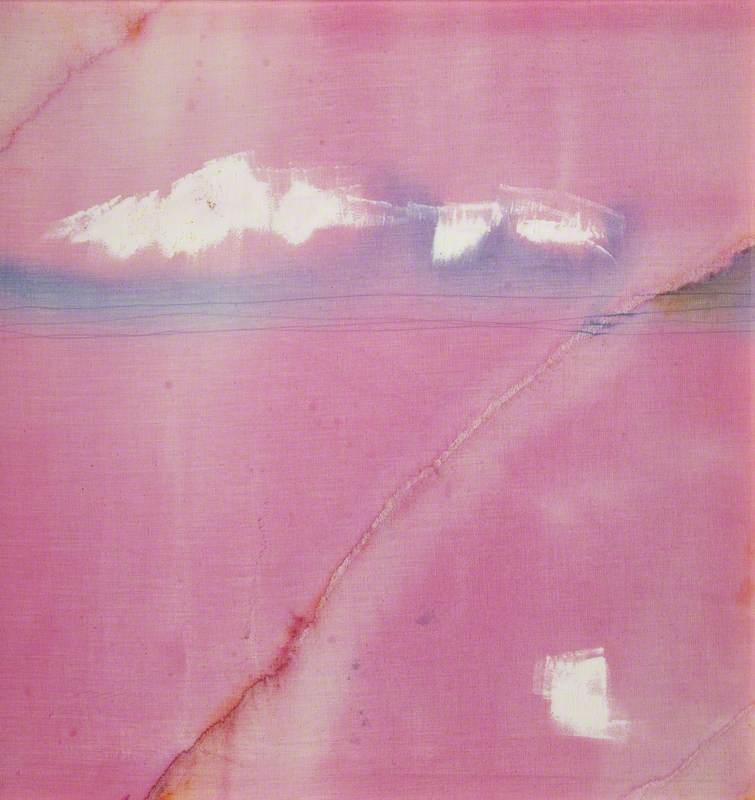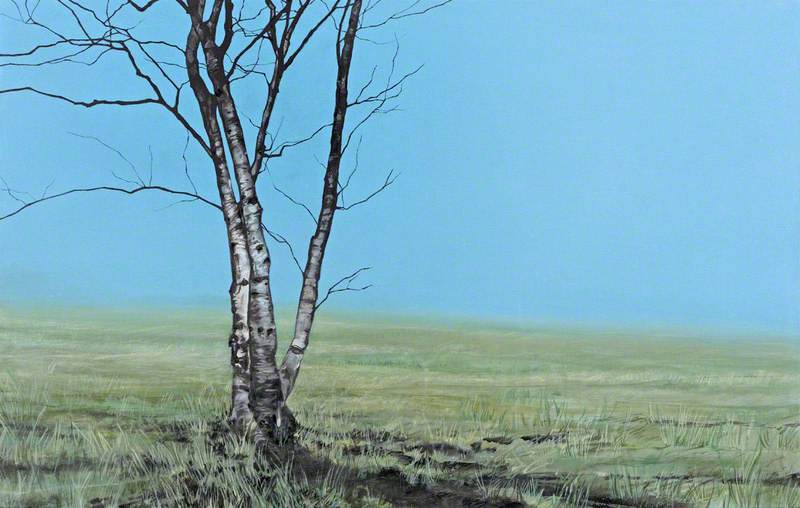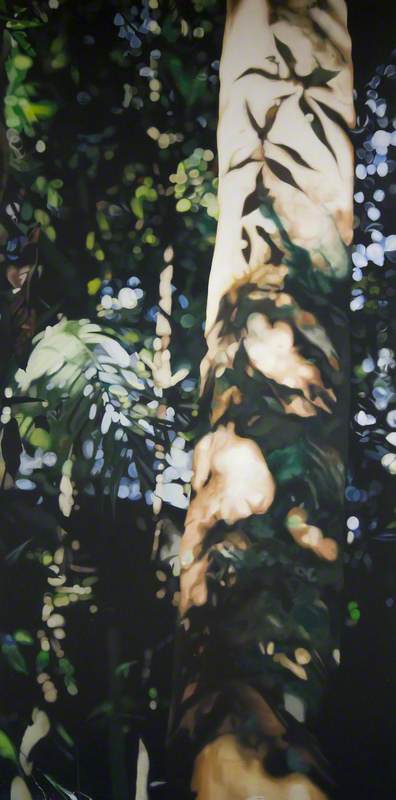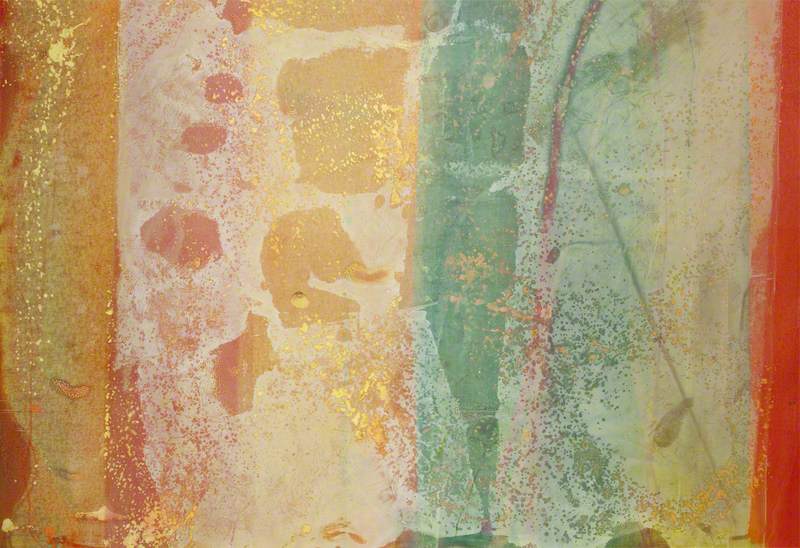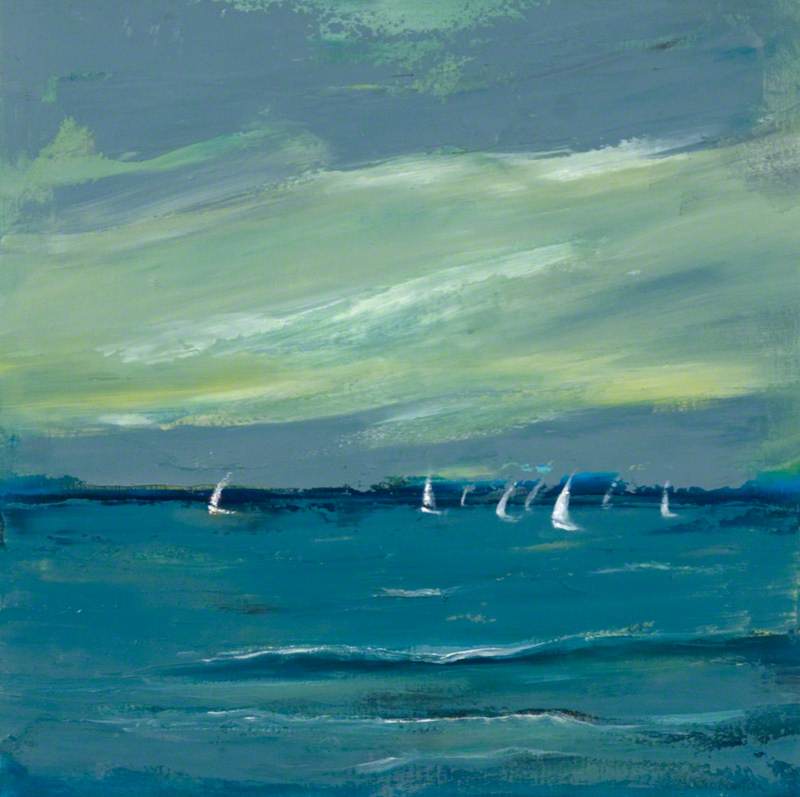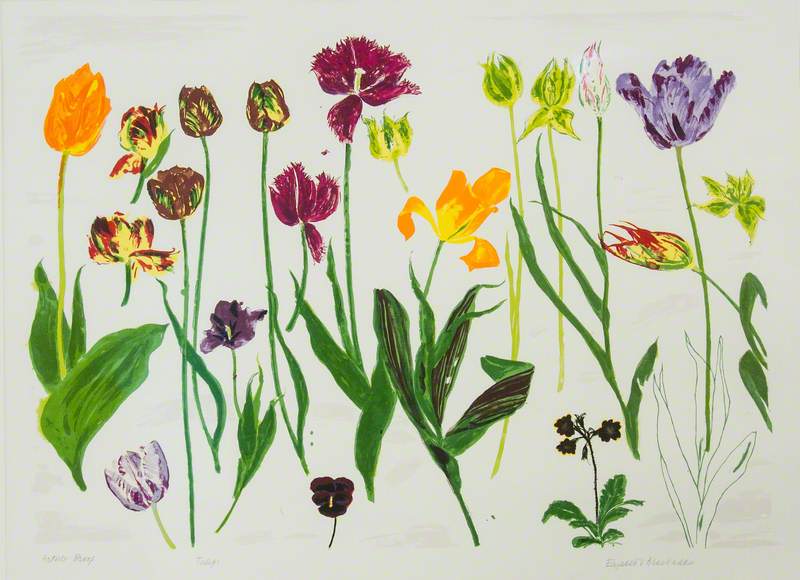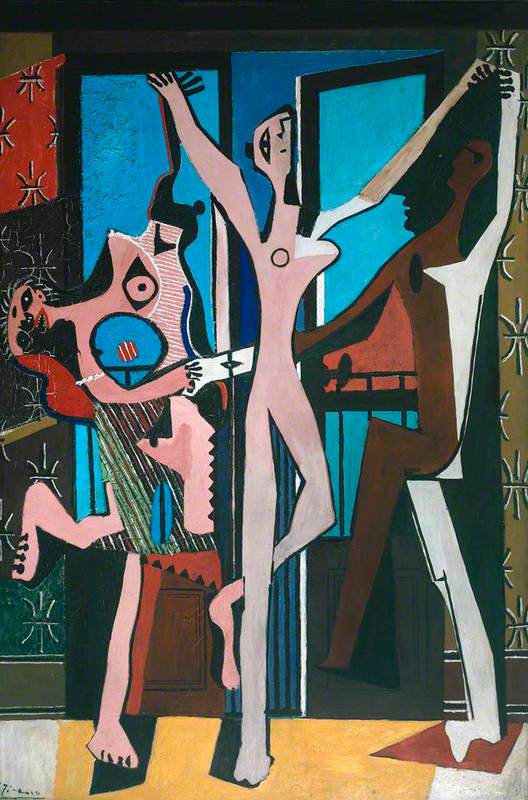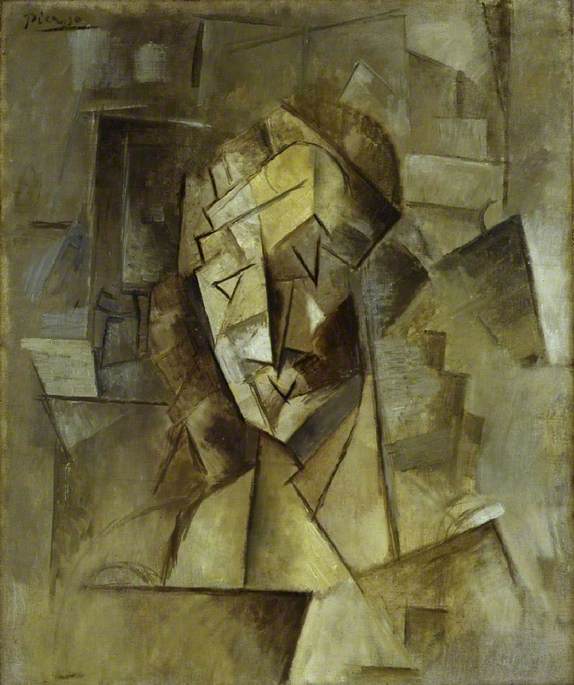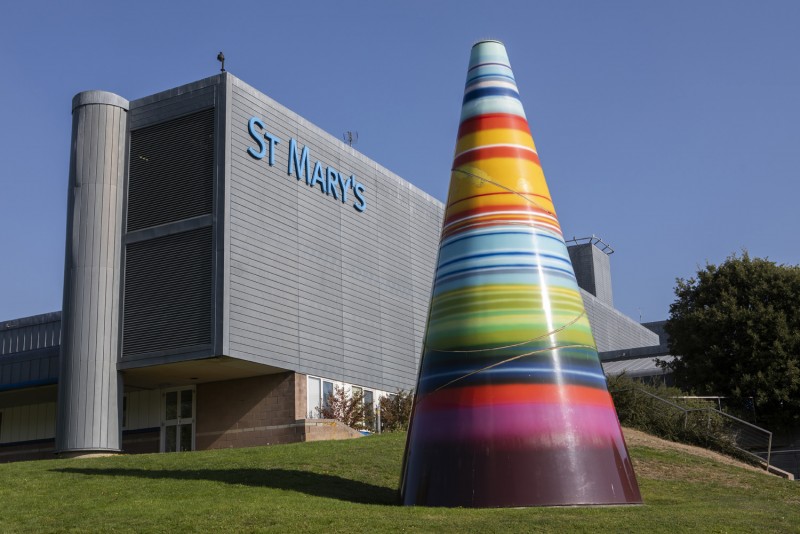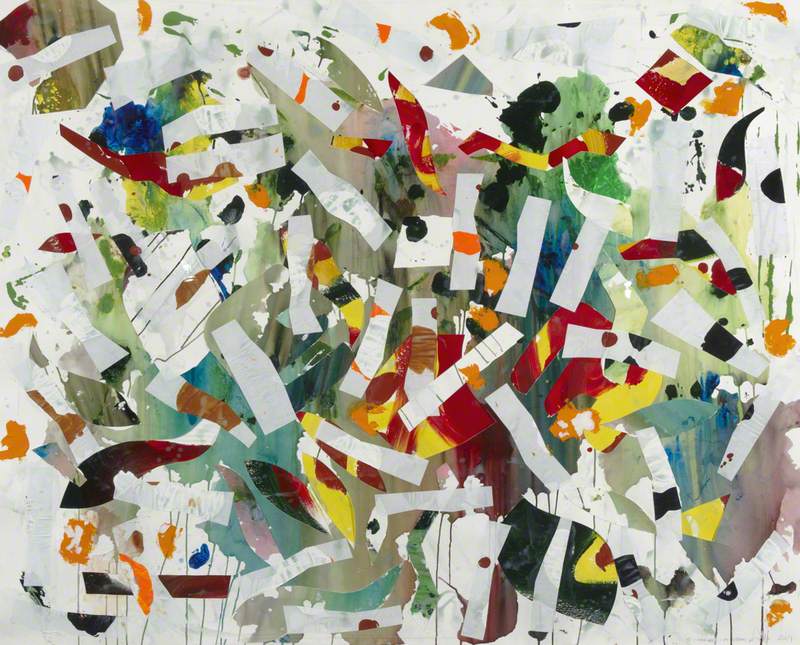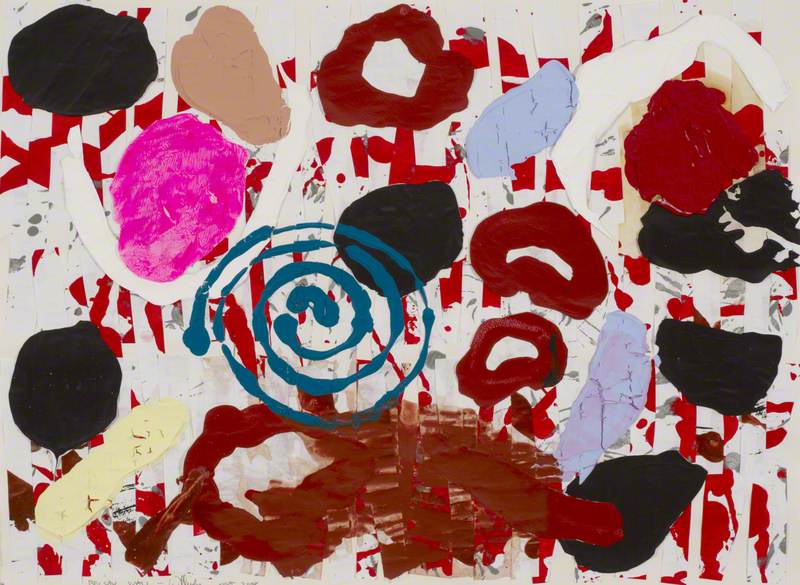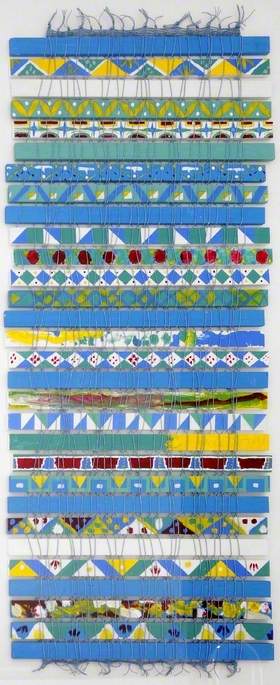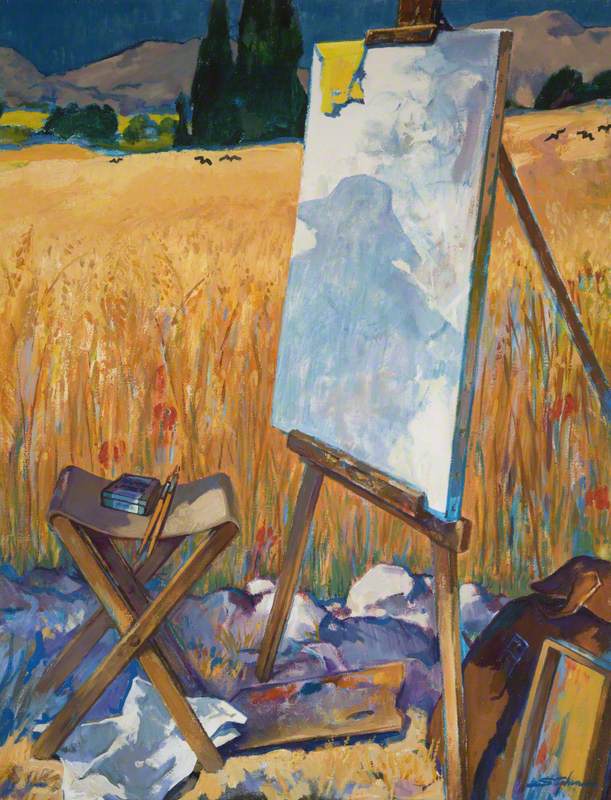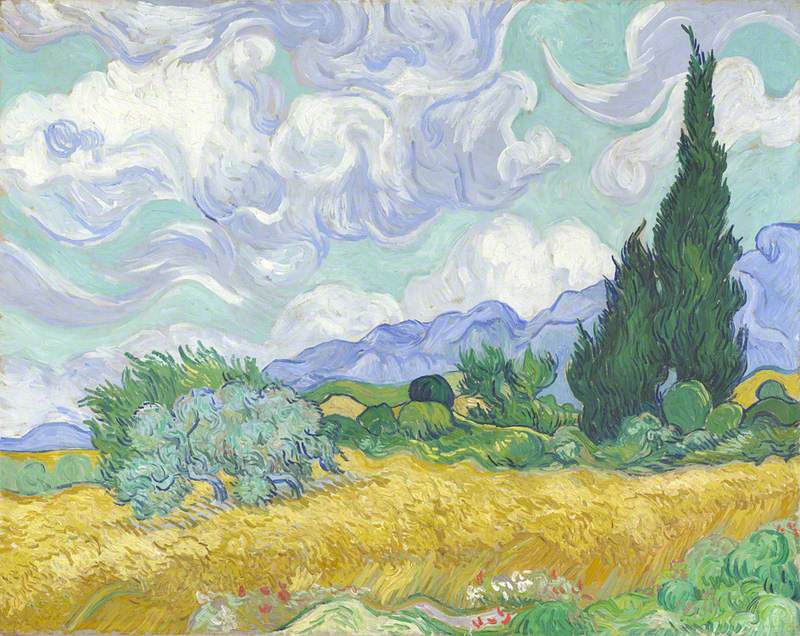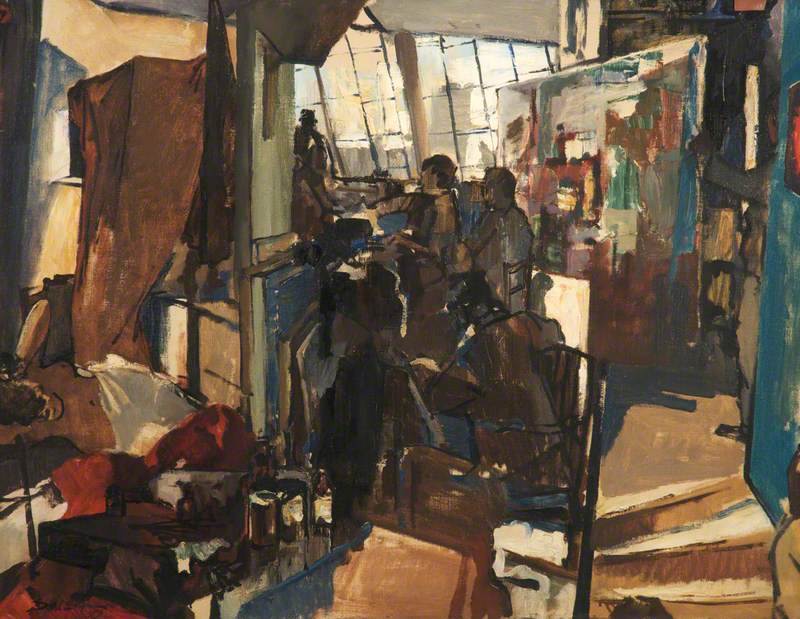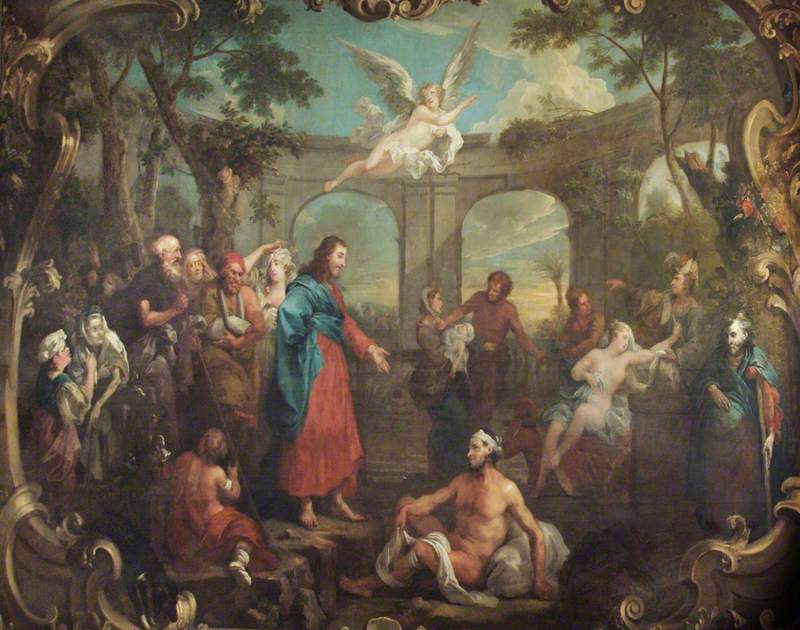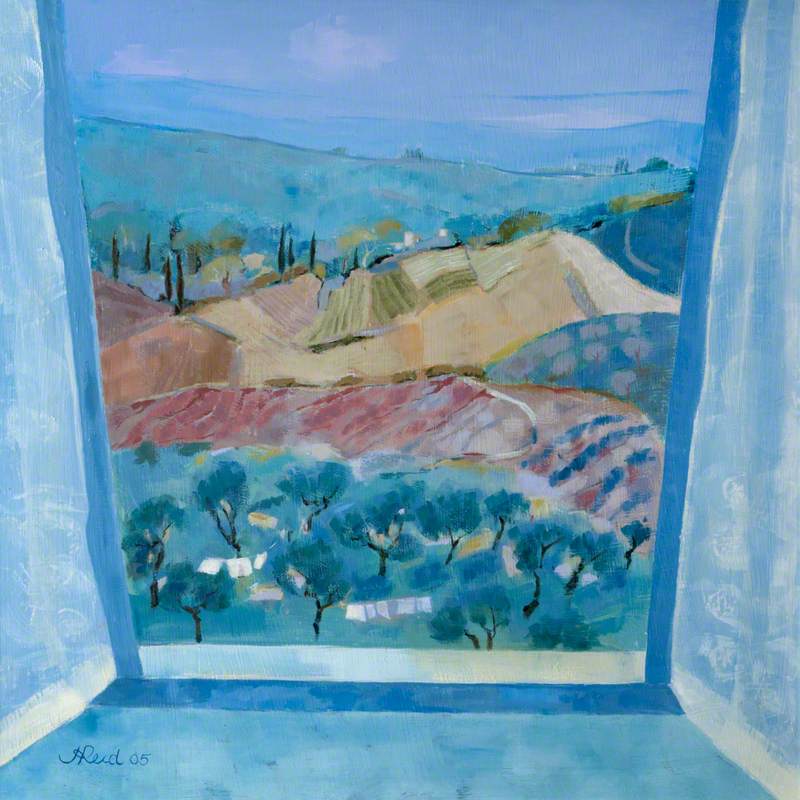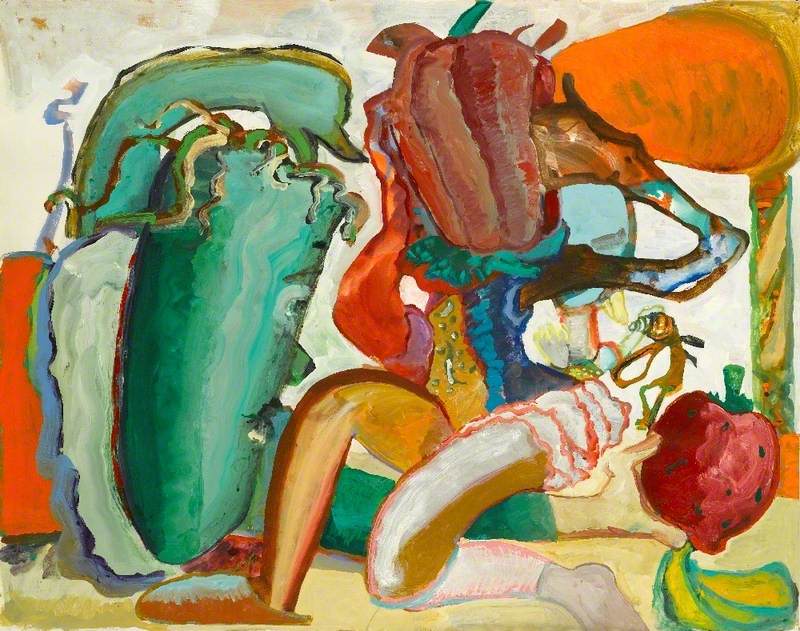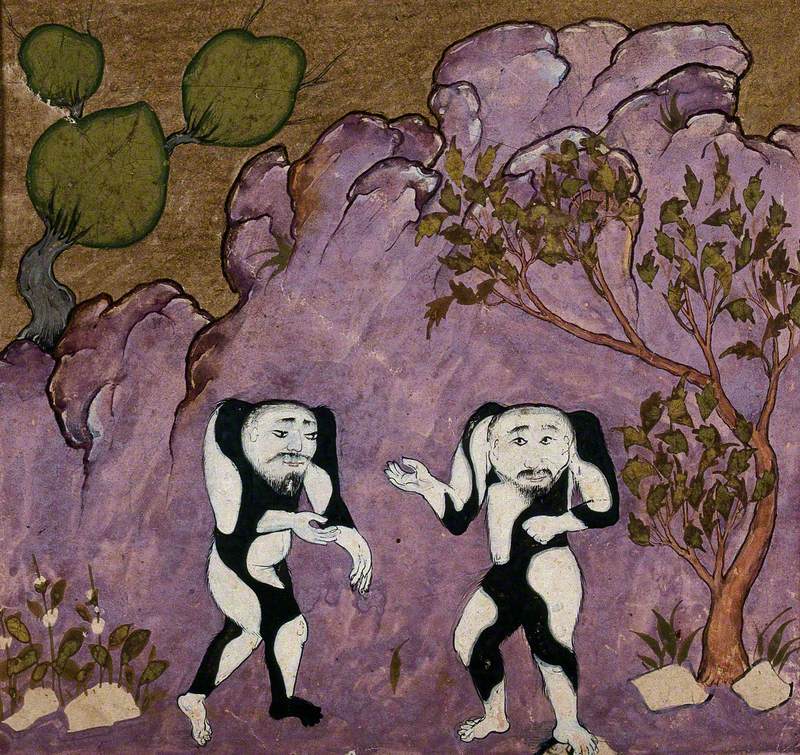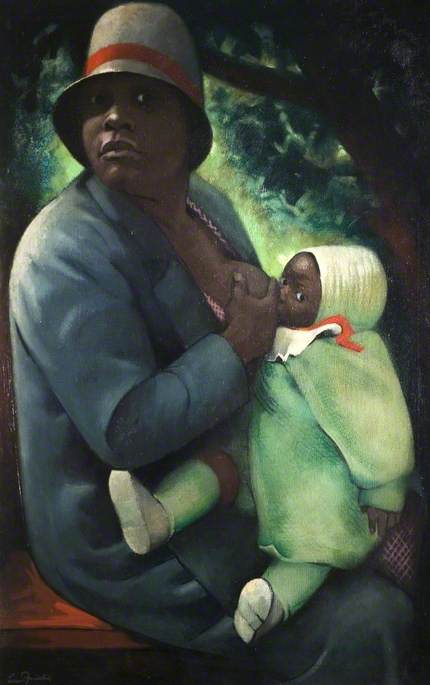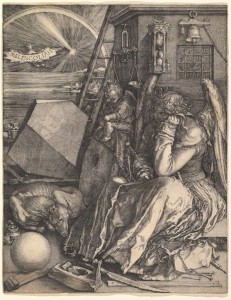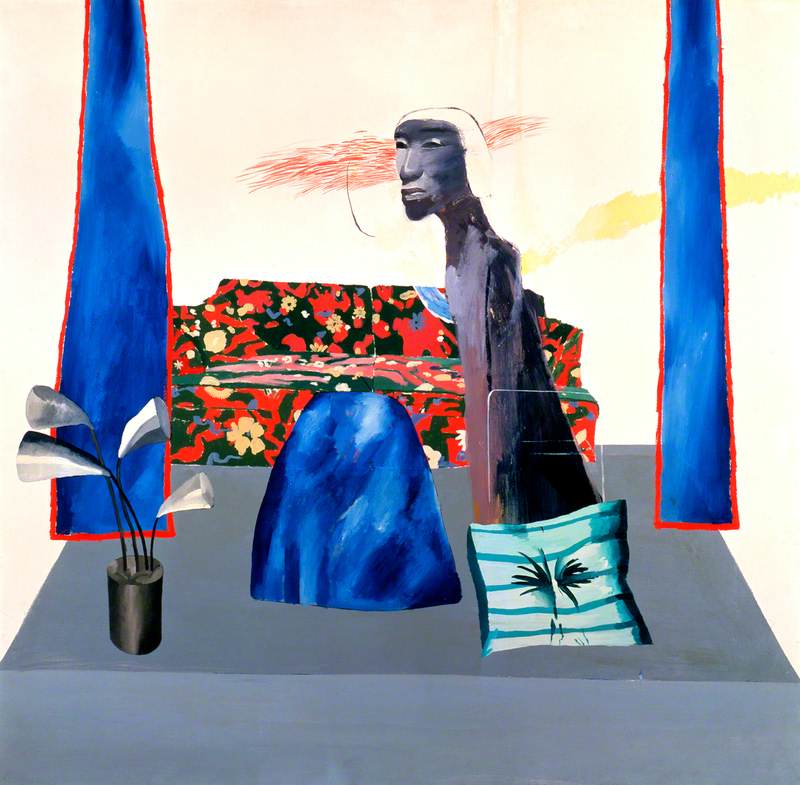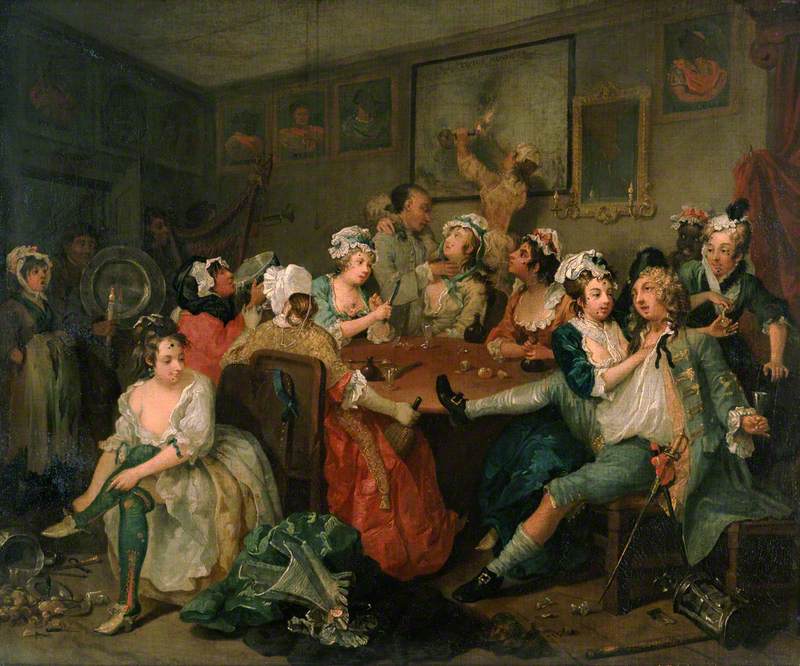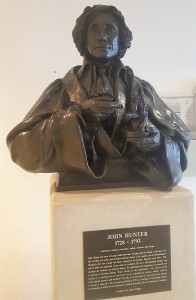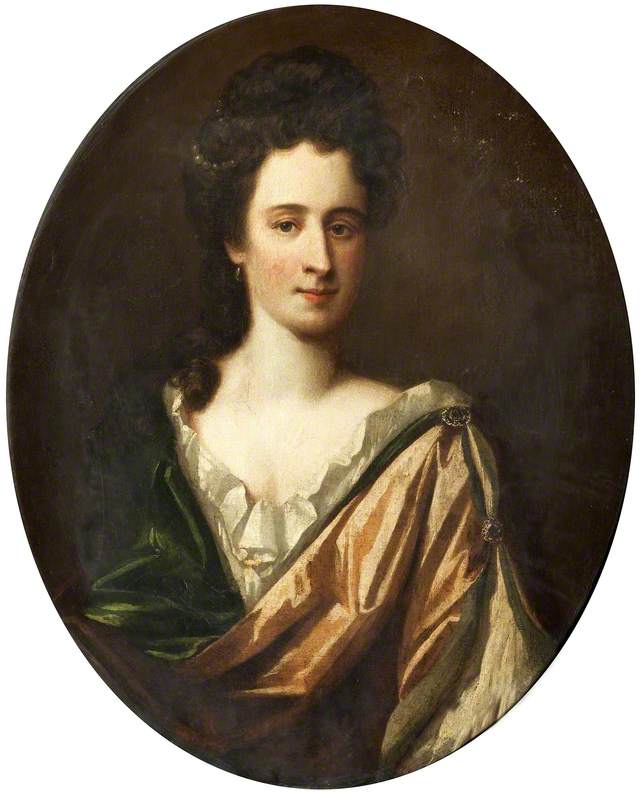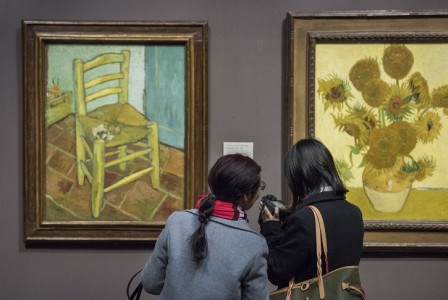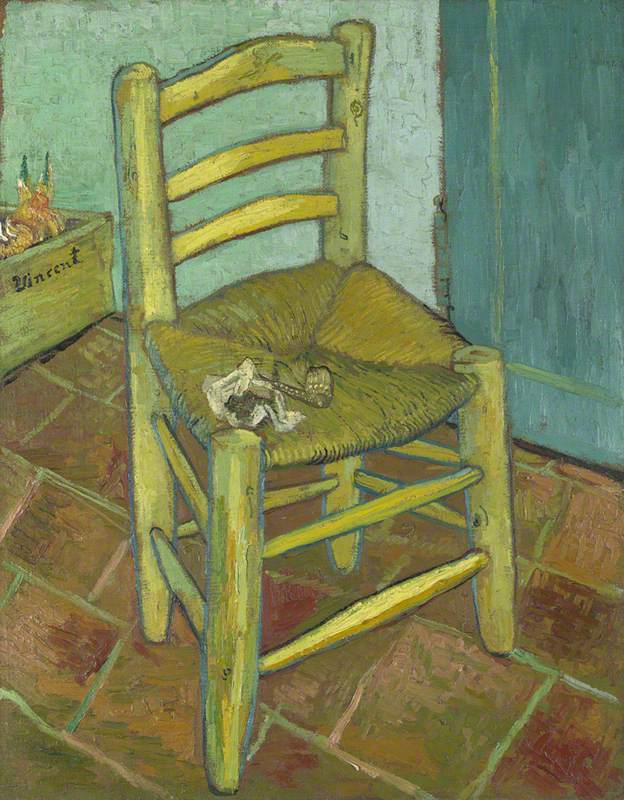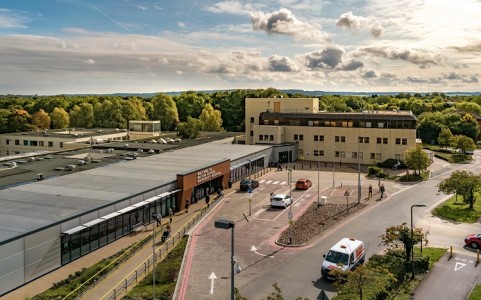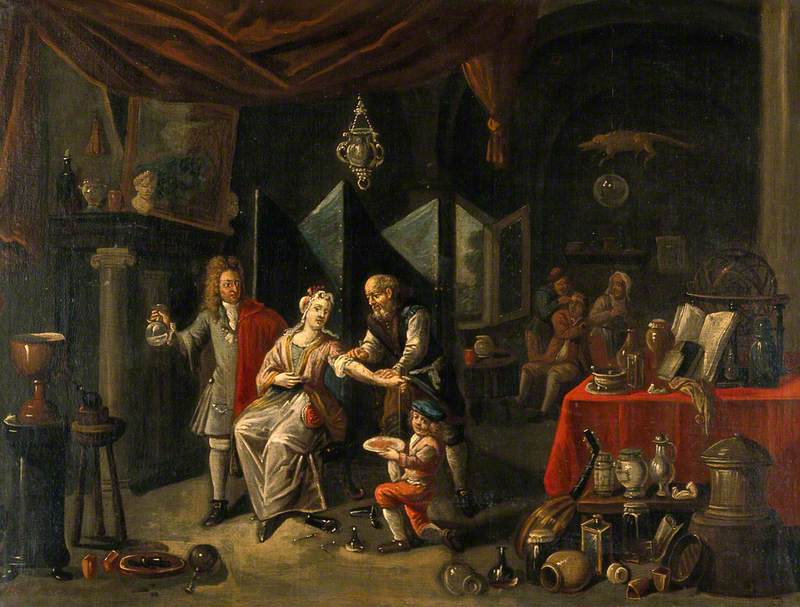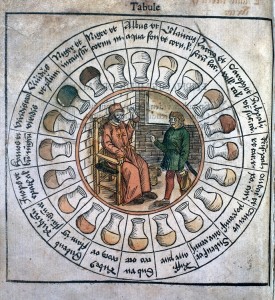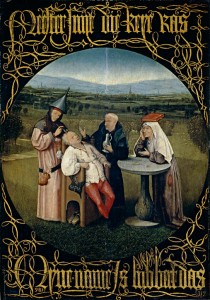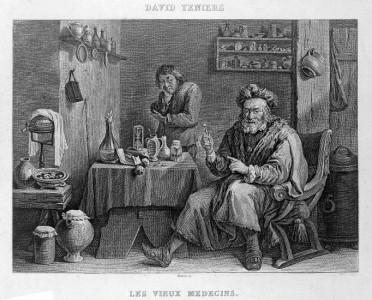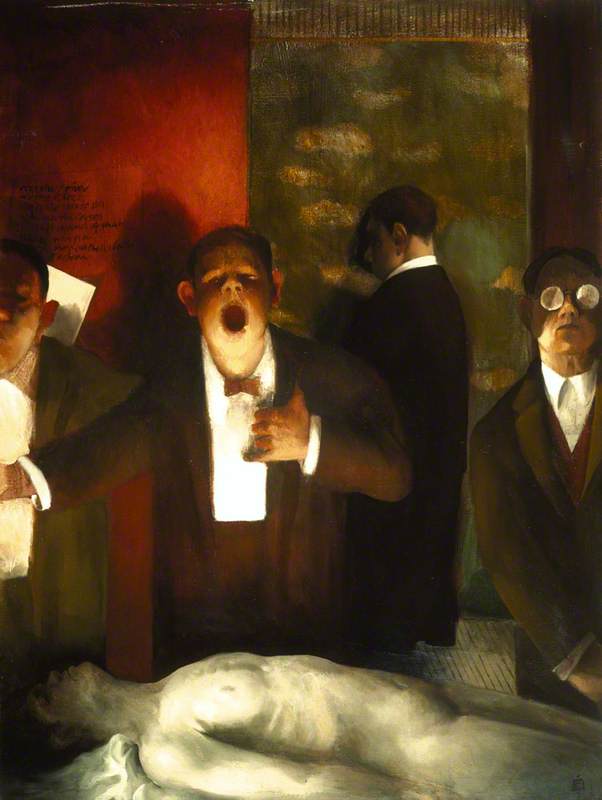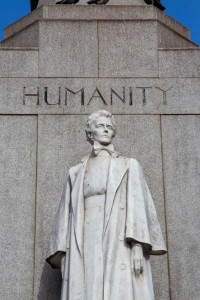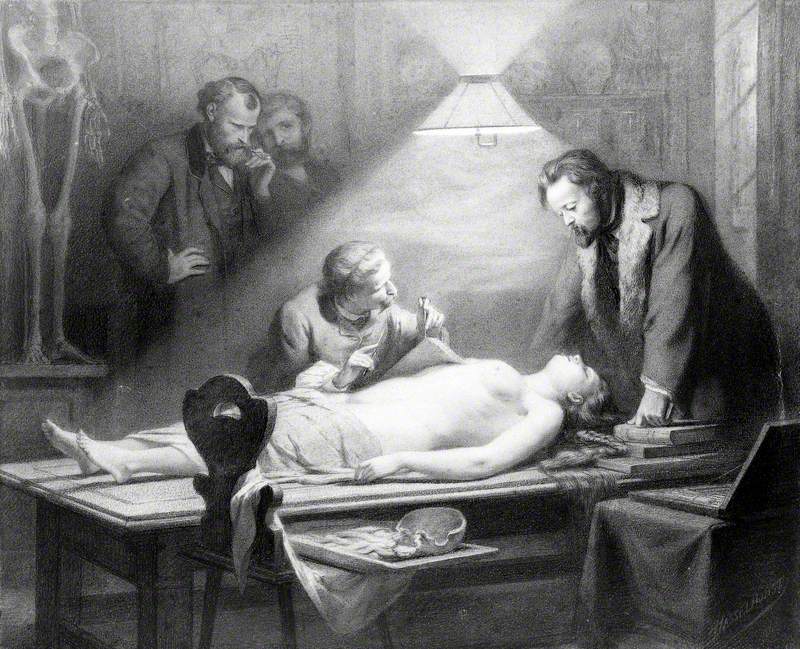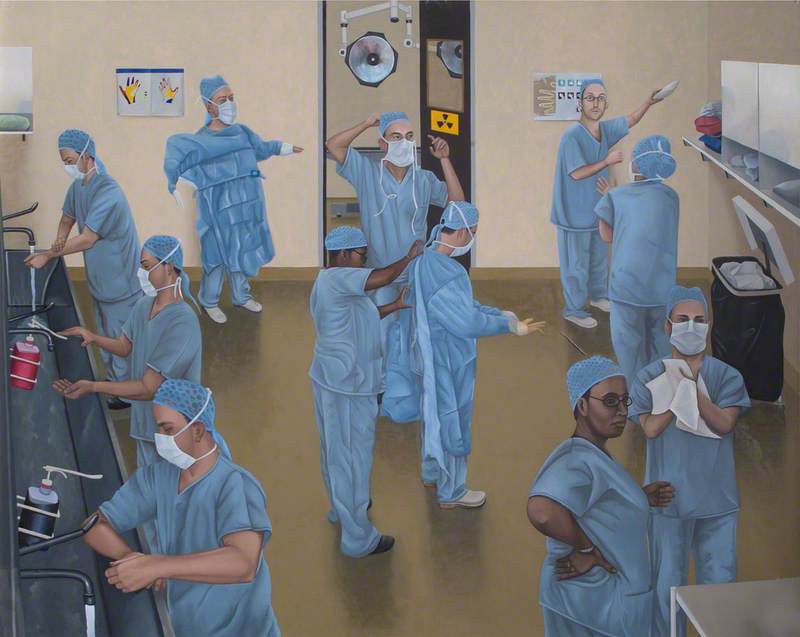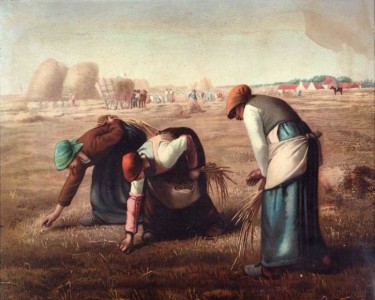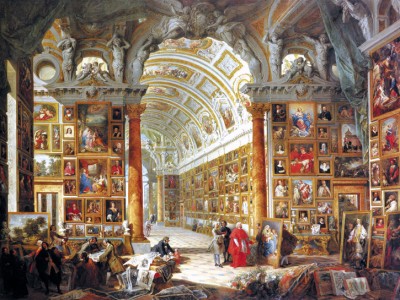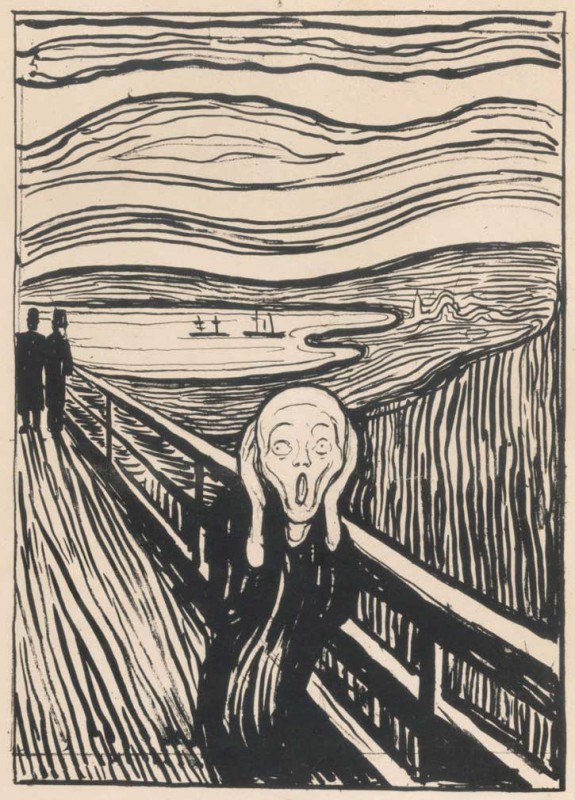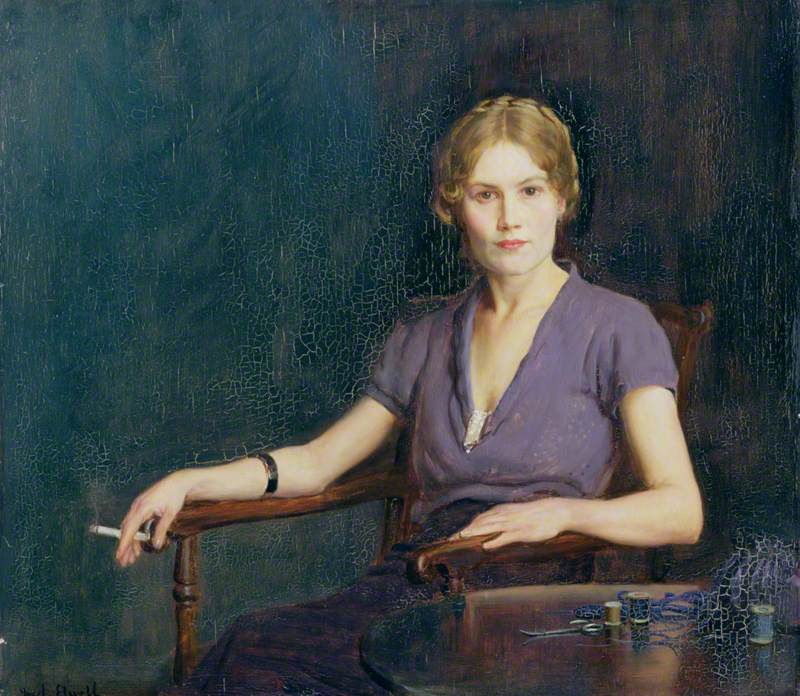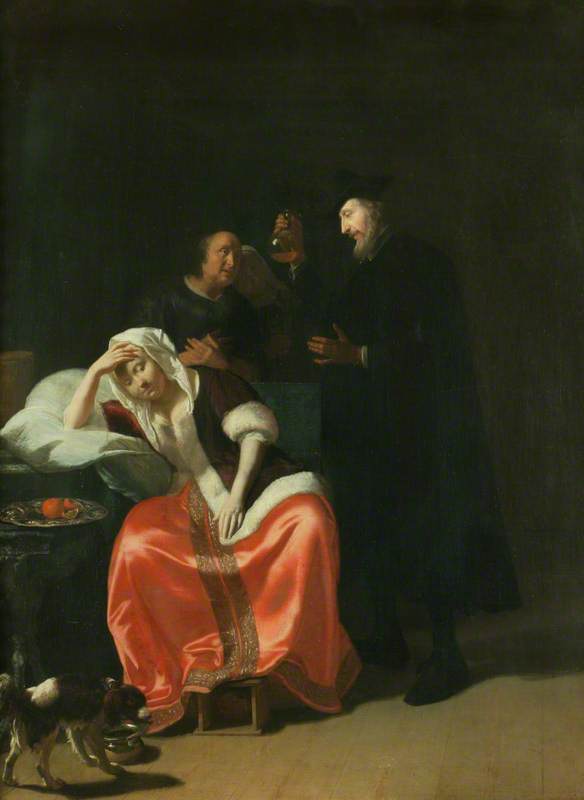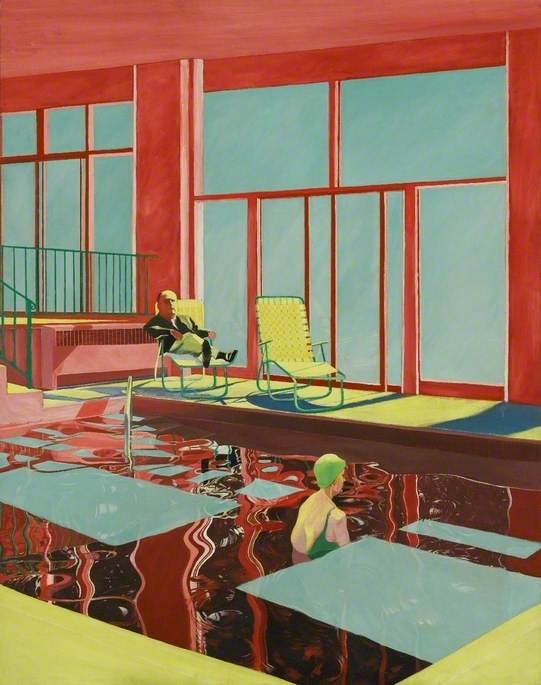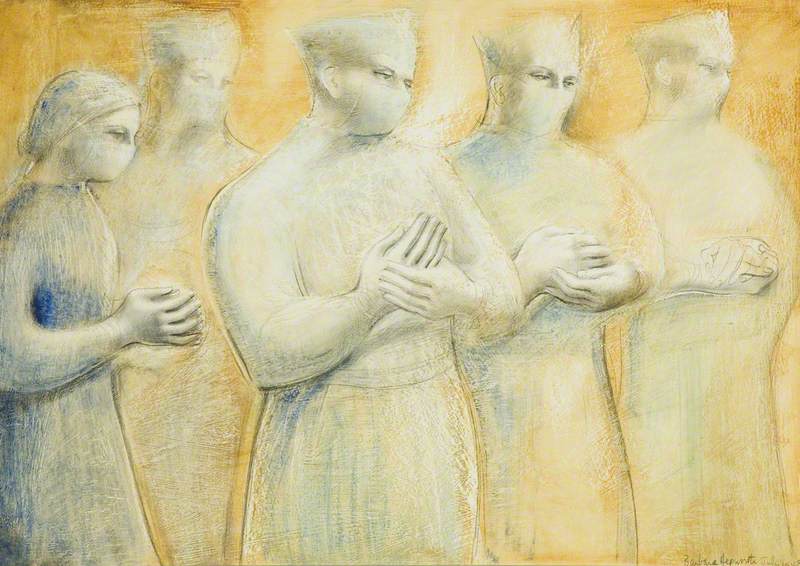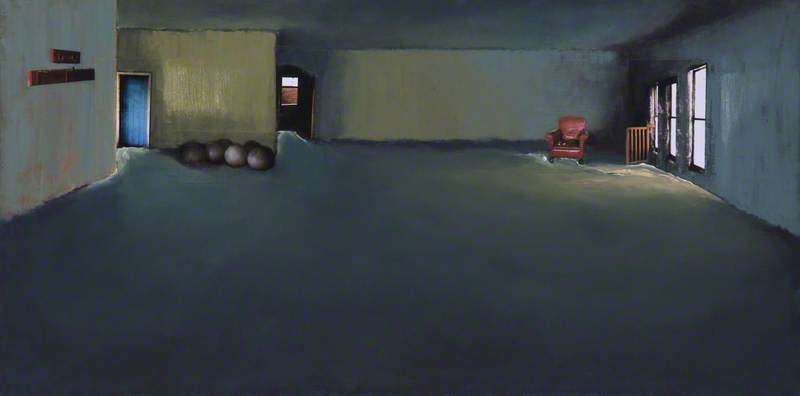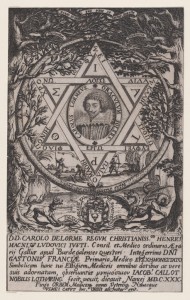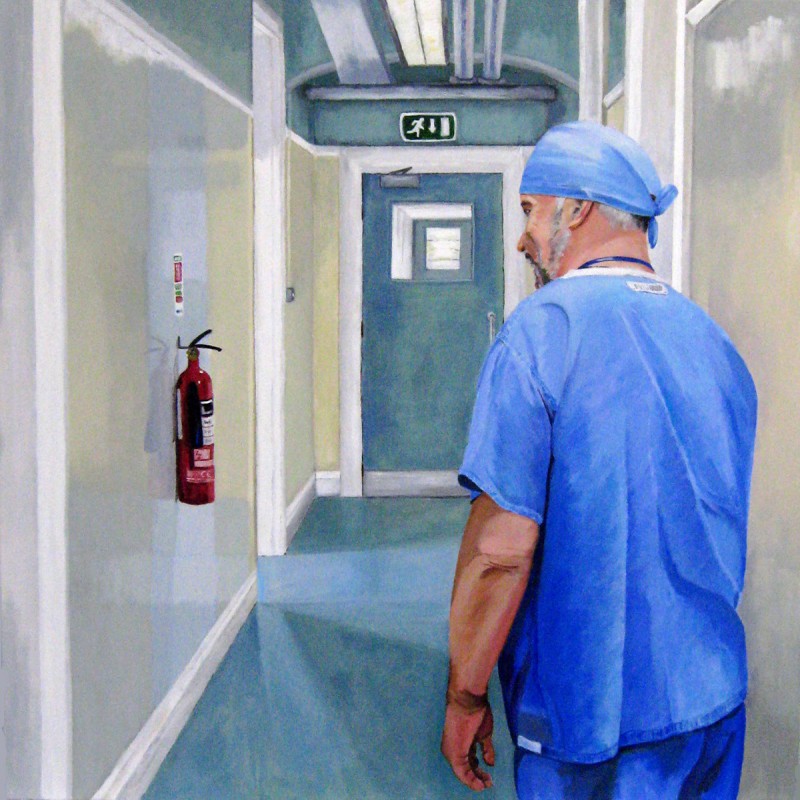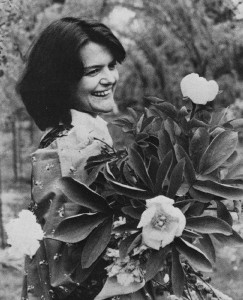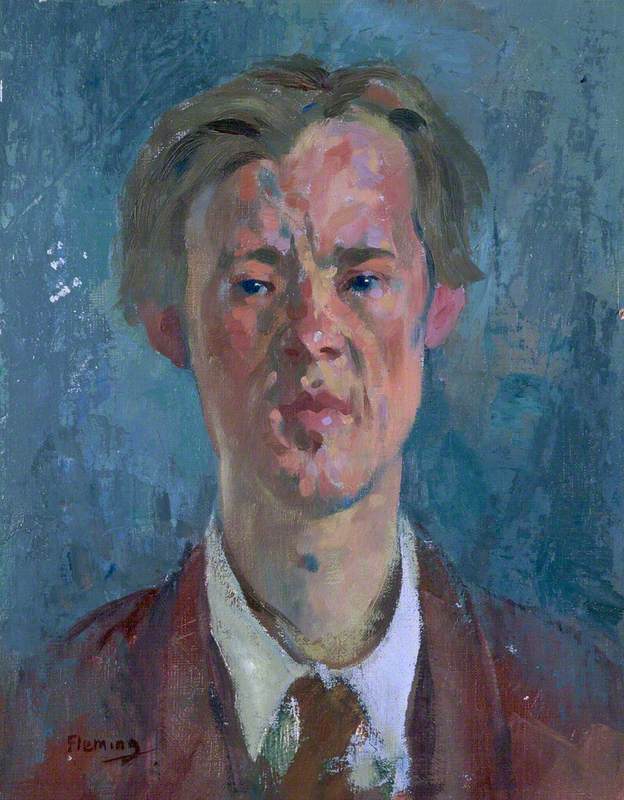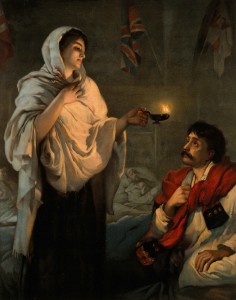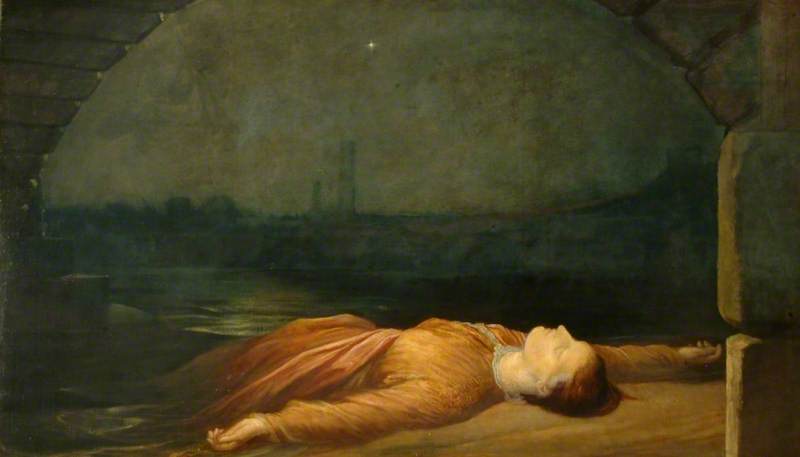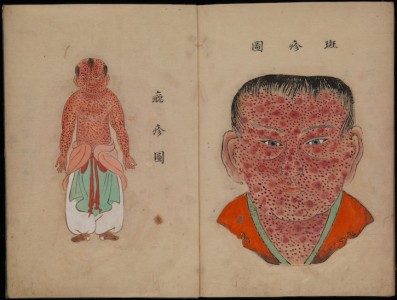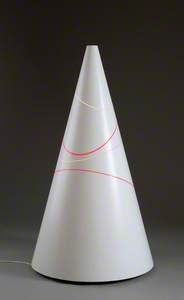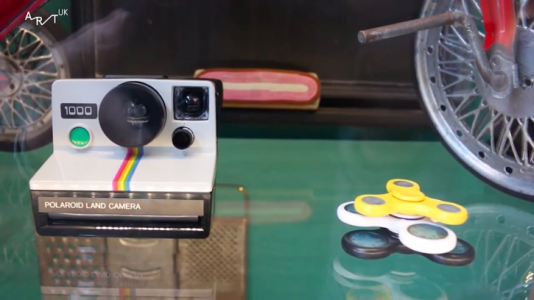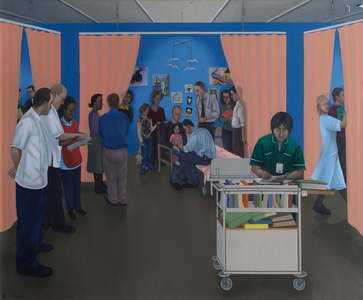The value and benefits of the arts in healthcare cannot be understated. As Pablo Picasso once wrote, 'art washes away from the soul the dust of everyday life' and I find it difficult to disagree.
Engaging and interacting with art often operates as a means of escapism, removing the viewer from a monotonous, stressful, or unhappy reality and transporting them to somewhere new and exciting, free of troubles.
History of the Royal Free Hospital and School of Medicine
1986
William Utermohlen (1933–2007) 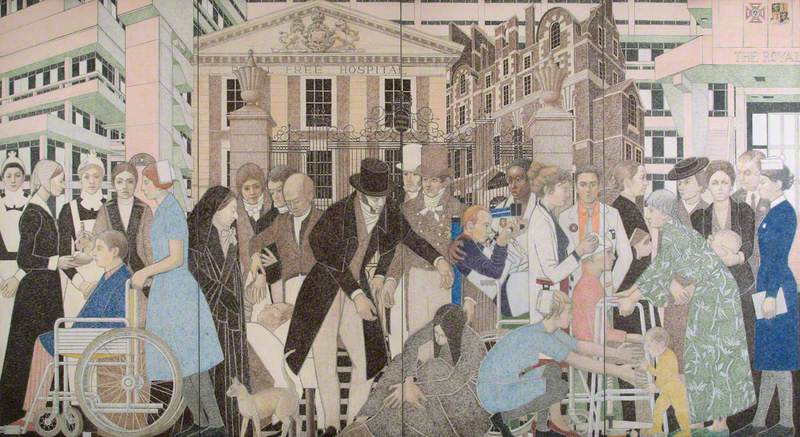
Art provides us with a respite from difficulties and an opportunity to contemplate something outside our lived experiences. It can even help us manage pain. A study by Dr Rosalia Staricoff found that patients took on average 70mg less pain medication per day when arts were introduced into their care environment.
Due to the Covid-19 pandemic, the National Health Service faces its most monumental challenge since its foundation in 1948. The work of NHS staff and volunteers during this time is nothing short of extraordinary, and I hope the artworks from NHS hospitals explored here bring a smile to patients and staff during this difficult time.
Here are some highlights from the art collections of the NHS.
Painting after Picasso
Peter John Hardwick's work The Two Dancers with the Cerne Abbas Giant, with Apologies to Picasso found in Poole Hospital is an amusing parody of The Three Dancers by Picasso.
The Cerne Abbas Giant is a hill figure in Dorset depicting a standing nude male with a prominent erection wielding a large club. Outlined by shallow trenches filled with chalk rubble and around 180 feet tall, both the age and origin of the Cerne Abbas Giant remain unknown to this day.
The Two Dancers with the Cerne Abbas Giant, with Apologies to Picasso
2006
Peter John Hardwick (b.1945) 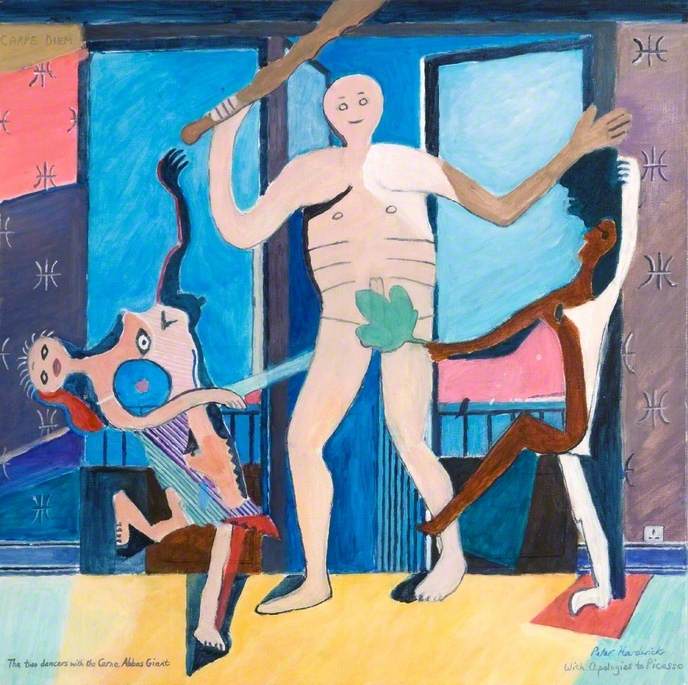
Though many scholars believe the giant to be an ancient construction similar to the Uffington White Horse in Oxfordshire, the earliest known written reference to the giant was in fact in the late seventeenth century. This has led some to interpret the outlandish figure as a political satire, perhaps of the Puritan statesman Oliver Cromwell whose decorous lifestyle was far from the primitive animalism of the Cerne Abbas Giant.
In Hardwick's painting, the giant replaces Picasso's central dancing figure. It bears a small smile – rather than the hill figure's shocked expression – as it dances with the other two figures, while the figure on the right thinly veils the giant's modesty with a fig leaf instead of holding the hand of its partner in joyous dance.
Picasso's Cubist work was highly influenced by the simplified primitive figures of Iberian and African art, and the face of the left-hand figure in The Three Dancers echoes a mask that Picasso owned from New Guinea. In making the giant the same colour as the central figure in Picasso's original work, Hardwick fits it seamlessly into its surroundings.
The Three Dancers is also an artistic reflection on a tragic love triangle amongst Picasso's friends Ramon Pichot, his wife Germaine Gargallo and the painter-poet Carlos Casagemas who committed suicide after Gargallo rejected his marriage proposal. The virile and unrestrained nature of the Cerne Abbas Giant reflects this passionate affair, and injects humour into it.
Meditative sculpture
At St Mary's Hospital on the Isle of Wight, the Healing Arts programme seeks to provide a comprehensive range of high-quality initiatives linking the arts with healthcare and has led to some 288 artworks being displayed in and around the hospital.
Land Sea Light Koan by the American-born artist Liliane Lijn (b.1939) is one of many sculptures that decorate the grounds of St Mary's Hospital.
Lijn, the first female artist to work with kinetic text, is recognised as a pioneering force in the interaction of art, science, technology, eastern philosophy and feminist mythology. The word 'Koan', from Zen Buddhism, means a story or question which provokes 'great doubt' and acts as an aid for meditation and a means of gaining spiritual awakening.
Lijn writes that the bands of colour on Land Sea Light Koan remind her of the rings of Saturn, transforming the Koan into 'a cosmic astronomical form.' The cone shape has many associations – ice creams, party hats, mathematics – but for Lijn it evokes roads and highways which she relates to departure, adventure, and change.
The striped colourful Koan thus becomes a signifier of unforeseen cosmic change that we must accept. Just as an illness can remain unexplained, an act of cruel divine fate, so the theme of cosmic change and acceptance reflects well on the uncomfortable reality faced by many patients whilst brightening the muted tones of the clinical environment.
Colourful and collaborative creations
In the late 2000s, British architect and Royal Academician Will Alsop (1947–2018) led a series of weekly workshops with psychiatric patients at St Charles Hospital in London.
Patients, working under Alsop's guidance, worked collaboratively on large communal artworks which Alsop would take home after each session and develop. Those paintings that survived the process were then framed and returned to the hospital for display. St Charles – A Work is one such example.
Alsop's interest in running these workshops – which he also hosted at Chelsea and Westminster Hospital – stemmed from his interest in the aesthetics of captive environments, that is places such as schools, hospitals and prisons, populated by people who haven't chosen to be there.
He felt that working closely with others was a necessary ingredient in urban design and architecture and a collaborative product would serve to open up such environments.
Alsop was also a patron of the charity The Nightingale Project, based at South Kensington and Chelsea Mental Health Centre, which uses the arts to enhance hospital environments, providing a setting conducive for medical and therapeutic work.
In 2010, Alsop exhibited several previously unseen works to raise money for the organisation, several of which joined the centre's permanent collection and continue to decorate the hospital today, such as Belsay Wall.
The power of textile art
Staff at Sheffield Children's Hospital strongly believe that art can make a difference to health and recovery. For this reason, the walls, floors and ceilings of the hospital are bright, colourful and, most importantly, kid-friendly.
Textile artist Seiko Kinoshita (b.1971) draws inspiration from nature and creates works that 'present a moment of peace to a viewer who lives in our hectic world.' In line with this, Kinoshita created and installed 17 framed works in the Intensive Care Unit of Sheffield Children's Hospital inspired by the sea.
The serene works, decorating corridors and patients' bed-side areas, comprise brightly coloured boards woven together to mimic intricate tapestry.
For Blue Weaving, Kinoshita collaborated with the hospital's young patients, allowing them to paint the boards as a creative outlet before bringing the piece together herself with rope and string.
Inspired by Van Gogh
Dan Stephen's painting Van Gogh's Shadow adds an amusing spin to Van Gogh's wheatfields painting series. Stephen's painting depicts an easel, canvas, and painting equipment against a backdrop of an expansive wheatfield. The shadow of the great painter is cast over the canvas as he surveys his beautiful surroundings.
Van Gogh painted dozens of paintings of wheatfields in his later years which were born out of his newfound spiritualist beliefs and a desire to provide comfort to others. He recognised the value of rural toil as a cure for the ills of city life.
The crows that skate over the top of the wheat make specific reference to Van Gogh's Wheatfield with Crows, thought to be his last painting, completed just weeks before his suicide in July 1890, though no records confirm this. This somewhat morbid reference is relieved by the boldness of the work whose warm yellow and blue tones certainly warm up the clinical setting.
Other artists have similarly been inspired by Van Gogh, such as this interpretation of The National Gallery's A Wheatfield, with Cypresses – the version in Sherwood Forest Hospitals NHS Foundation Trust collection has added a window to frame the piece.
A Wheatfield, with Cypresses
(copy after Vincent van Gogh) 1996
unknown artist 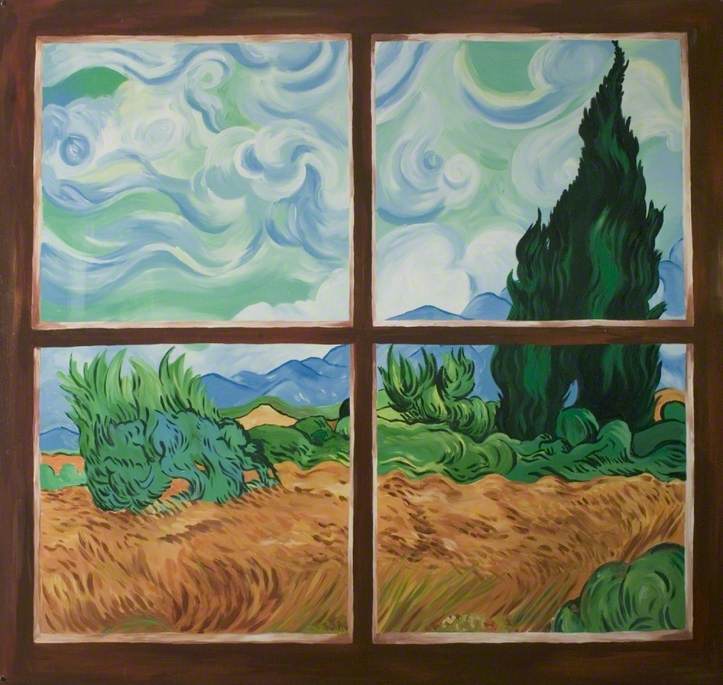
Stephen once again explored the artistic process in The Painter's Studio which was met with great praise when it was displayed at the Royal Academy in 1961.
One critic described it as a 'rare and refreshing piece of sheer excitement in a desert of dull convention' and it was subsequently sold to Touchstones Rochdale. Both Van Gogh's Shadow and The Painter's Studio take the viewer away from their current environment and into a space teeming with creative potential.
The artworks detailed above are but a small sample of the hundreds of fantastic, innovative, amusing and calming artworks that can be found in NHS hospital buildings and grounds.
The works vary greatly but they all serve the same purpose – to create a comfortable, serene, happy, engaging, therapeutic and visually stimulating environment for patients, visitors and employees during their time spent in hospital.
Flora Doble, Operations Officer at Art UK
